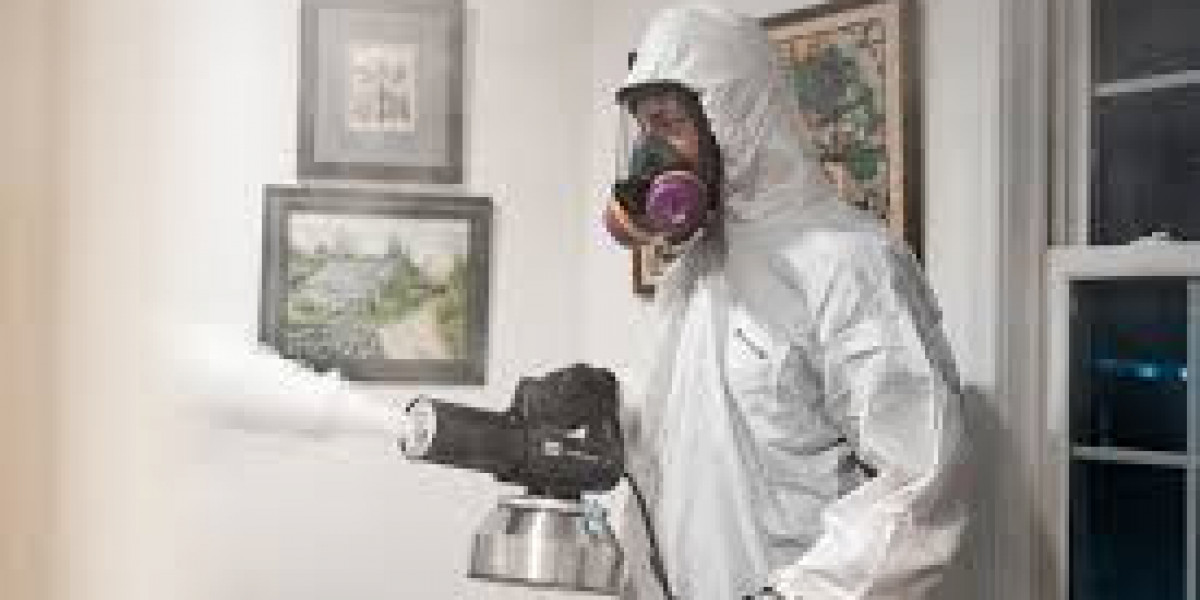When dealing with a tragic event such as an unattended death, accident, or natural decomposition, one of the biggest challenges is odor removal for decomposition cleanup. The lingering smell can be overwhelming and harmful if not treated properly. These odors are caused by the natural breakdown of organic matter, releasing strong gases and bacteria that penetrate surfaces like carpets, walls, and furniture. Proper cleanup is not only about restoring freshness—it’s about ensuring safety, sanitation, and peace of mind.
Why Decomposition Odors Are So Difficult to Remove
Decomposition odors are unlike everyday smells. They are made up of volatile organic compounds (VOCs), sulfur-based gases, and bacteria that spread quickly in enclosed spaces. These odors:
Embed deeply into porous materials like wood, drywall, and fabrics.
Cause health risks if exposure is prolonged, including nausea, headaches, or respiratory irritation.
Linger for weeks or months without professional remediation.
Because of their complexity, normal cleaning methods like air fresheners or household sprays are ineffective. True odor removal requires specialized techniques and equipment.
The Professional Decomposition Cleanup Process
1. Assessment and Containment
Experts first identify the source of contamination and seal off affected areas. This prevents odors and bacteria from spreading further.
2. Biohazard Removal
Any biological matter left behind—such as bodily fluids or contaminated materials—is carefully removed and disposed of following strict biohazard protocols.
3. Deep Cleaning and Sanitization
Surfaces are scrubbed with medical-grade disinfectants. Walls, floors, and furniture are treated to eliminate bacteria and reduce odor-causing compounds.
4. Odor Neutralization
This step goes beyond masking smells. Professionals use advanced methods such as:
Ozone treatment – Breaks down odor molecules at a molecular level.
Hydroxyl generators – Safe for occupied spaces, neutralizing airborne VOCs.
Enzymatic cleaners – Break down organic residues that trap odors.
5. Restoration
Finally, the area is restored to a safe, livable condition. In some cases, affected building materials (like carpet padding or sections of drywall) may need replacement for complete odor removal.
Why DIY Methods Don’t Work
Many people try bleach, vinegar, or air fresheners to combat decomposition odors, but these only provide temporary relief. The smell returns because the source of contamination remains. Additionally, attempting DIY cleanup can be dangerous due to exposure to harmful pathogens. That’s why decomposition cleanup should always be handled by trained biohazard professionals.
Benefits of Professional Odor Removal
Health Protection – Eliminates harmful bacteria and pathogens.
Permanent Results – Neutralizes odors at the source.
Peace of Mind – Restores a safe and comfortable environment.
Compliance – Meets local safety and biohazard disposal regulations.
Final Thoughts
Decomposition cleanup is one of the most difficult cleaning challenges, but with the right approach, complete odor removal is possible. Professional biohazard cleanup specialists have the expertise, equipment, and disinfectants necessary to make a property safe and livable again. If you are facing the overwhelming task of odor removal after decomposition, don’t try to handle it alone—contact a certified cleanup service for safe and effective results.








